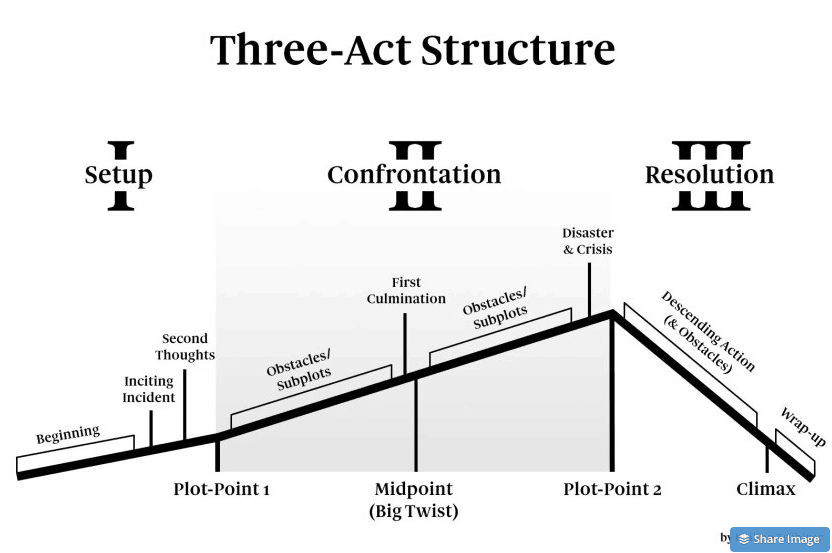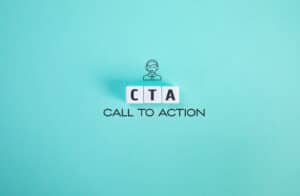People love stories. Stories don’t just entertain us. They’re powerful ways of transmitting emotion and information between one another. In order to tell the best stories, you need the right podcast structure
Brands have known about the power of storytelling for a long time. Stories can be used to sell products because, according to researchers at Johns Hopkins, the structure of a piece of content is more important than the content itself.
“People are attracted to stories,” says Keith Quesenberry, a research partner at Johns Hopkins, “because we’re social creatures and we relate to other people.”
Essentially, stories change our behavior by changing our brain chemistry.
Here’s a great explanation of how this works by Paul J. Zak, Ph.D., director of the Center for Neuroeconomics Studies at Claremont Graduate University and author of Trust Factor: The Science of High-Performance Companies and The Moral Molecule: How Trust Works.
As a podcaster, imagine having the ability to change your listeners’ behavior with just your words.
But in order to create that response, you must capture a listener’s attention, build tension, and then come to a satisfying conclusion.
That’s why each podcast episode you produce should follow the three act podcast structure.
In episode 3, Crafting The Narrative, on Audience we talked to storytelling experts about crafting the perfect podcast episode. Listen now to discover how to best tell your story.
The Three Act Podcast Structure
The three act podcast structure is a storytelling model that divides a story into an organized and logical order.
In school, teachers referred to the three parts as the “beginning, middle, and end,” but that description doesn’t really do it justice.
You’ll find this structure (with some variation) throughout all types of content: books, movies, articles, and podcasts. It’s everywhere, from Shakespeare’s plays to Aesop’s fables to Spielberg’s movies.
In fact, if you listen carefully to how you and your friends tell stories to one another, you’ll notice all three acts.
Using these three acts creates more engaging content and hooks listeners from the start. Get started by crafting your podcast with these three key pieces.
Act 1: Setup
In the first act of the episode, your goal is to establish a setting, introduce the characters and their relationships, and build the world they live in.
Most importantly, this is where you set the stakes. If a bad thing happens, or a good thing fails to happen, how will it affect the characters?
The first act also includes the “call to adventure.” This is the moment the conflict becomes unavoidable and the characters are forced to act.
Now, that probably sounds heavier than you intend your episodes to be. But even small stories should contain these elements.
The first act must grab your listener’s attention. This is why it’s a critical element for podcasters.
Movie-goers and book-readers will wait through a weak beginning because they’ve paid for the experience, but your listeners don’t pay for your content, so there’s nothing lost by closing their browser tab.
Hook your listeners with a strong opening. Be dramatic, unique, and surprising. Make them think, “Okay, I need to hear the rest of this.”
For instance, let’s take a more technical topic of website conversion optimization. We can turn a potentially dry episode into a riveting story. Instead of diving straight into a list of optimization strategies, create more drama by setting the scene with the problem.
Explain why a poor conversion rate drags businesses down, and introduce the listener to a situation where you were affected by poor conversions.
Use the setup section to create the stakes and make people care.
Act 2: Confrontation
The second act is the part of the story that raises the stakes. It’s when the characters deal with ever-worsening challenges and obstacles. There’s usually a point where the main characters attempt to solve the problem, but fail and find themselves in a more dire position.
(Keep in mind that whenever I say “character,” that very well could be you.)
In many stories, characters fail to resolve their problems because they lack the right skills, tools, or information. In a fantasy epic, the hero lacks the mythical sword. In a heist film, the thief needs the access code. In a drama, the love interest doesn’t know how to commit.
Characters who have everything they need to solve their problems are, well, boring.
Characters are only able to resolve the plot by changing who they are. In most cases, they’re supported by mentors or co-protagonists (the posse, the sidekick, the hero’s party, etc.).
An important part of the second act is authenticity. Plot twists and problems should seem real. For instance, people make mistakes. It’s good to highlight characters’ errors, bad habits, near-failures, and failures. Characters who conquer adversity without a sweat aren’t interesting.
This means that when you tell stories about how you or other people overcame problems, don’t be afraid to weave in the failures, whether external or internal. If a lesson was expensive, explain the real cost. If you or your guest had to grow as a person, create a contrast between old and new versions.
If you bring guests on to your show, push them to elaborate on their missteps. Ask them what caused those circumstances and why they struggled.
Stories with ups and downs are captivating because they’re more like real life.
Act 3: Resolution
The final act of your story resolves the plot and any major subplots. It provides closure. It includes a climax moment or scene where you raise tension as much as you can and then satisfy it.
The purpose of the resolution is to give your listeners a pay-off. It’s a satisfying end to reward them for following the story. If you fail to resolve your story, at best they’ll consider your podcast unmemorable. At worst, they’ll feel cheated.
In your resolutions, reveal that final piece of information that solves the problem or bestows the lesson. Explain the main thing you want your listeners to walk away with.
This means you should plan every episode with the end in mind. You should always know where you’re going. Most importantly, you shouldn’t reveal the climax early in the episode, otherwise you’ll never build tension.
Summary: Podcast Structure Helps You Build A Story
The nice part about the three act podcast structure is that it bends to any topic.
If you have a guest, explain what he or she does for a living and why you brought them on the show. If you’re exploring how an entrepreneur built a business, describe their educational and family background before launching their venture. These are both the beginnings of an act one.
As you plan each podcast episode, organize the structure into setting the scene, creating the tension, then finding the resolution. Use these tricks to tap into the power of storytelling. Turn casual listeners into avid fans who can’t wait to come back for more.





Comments are closed.